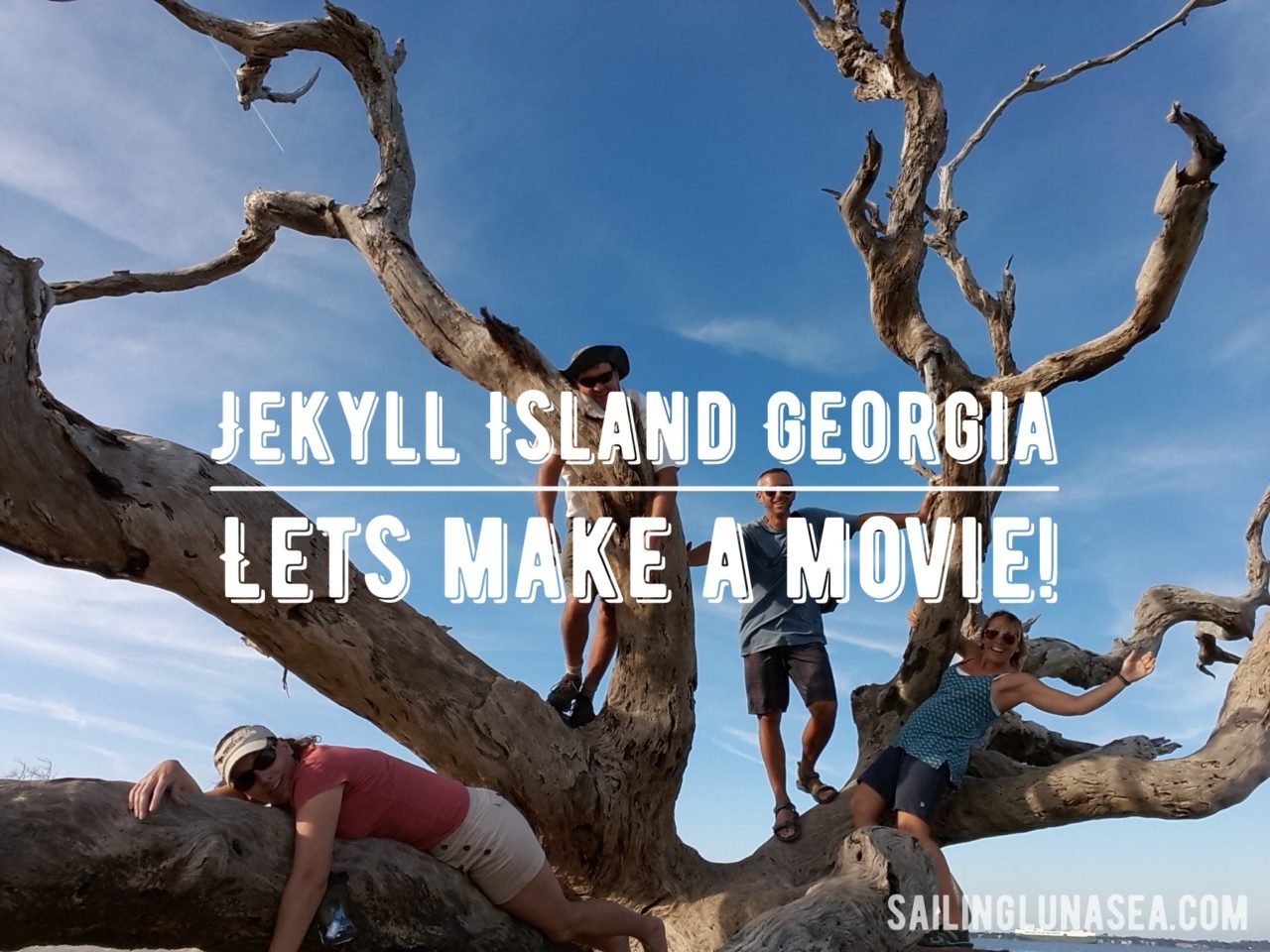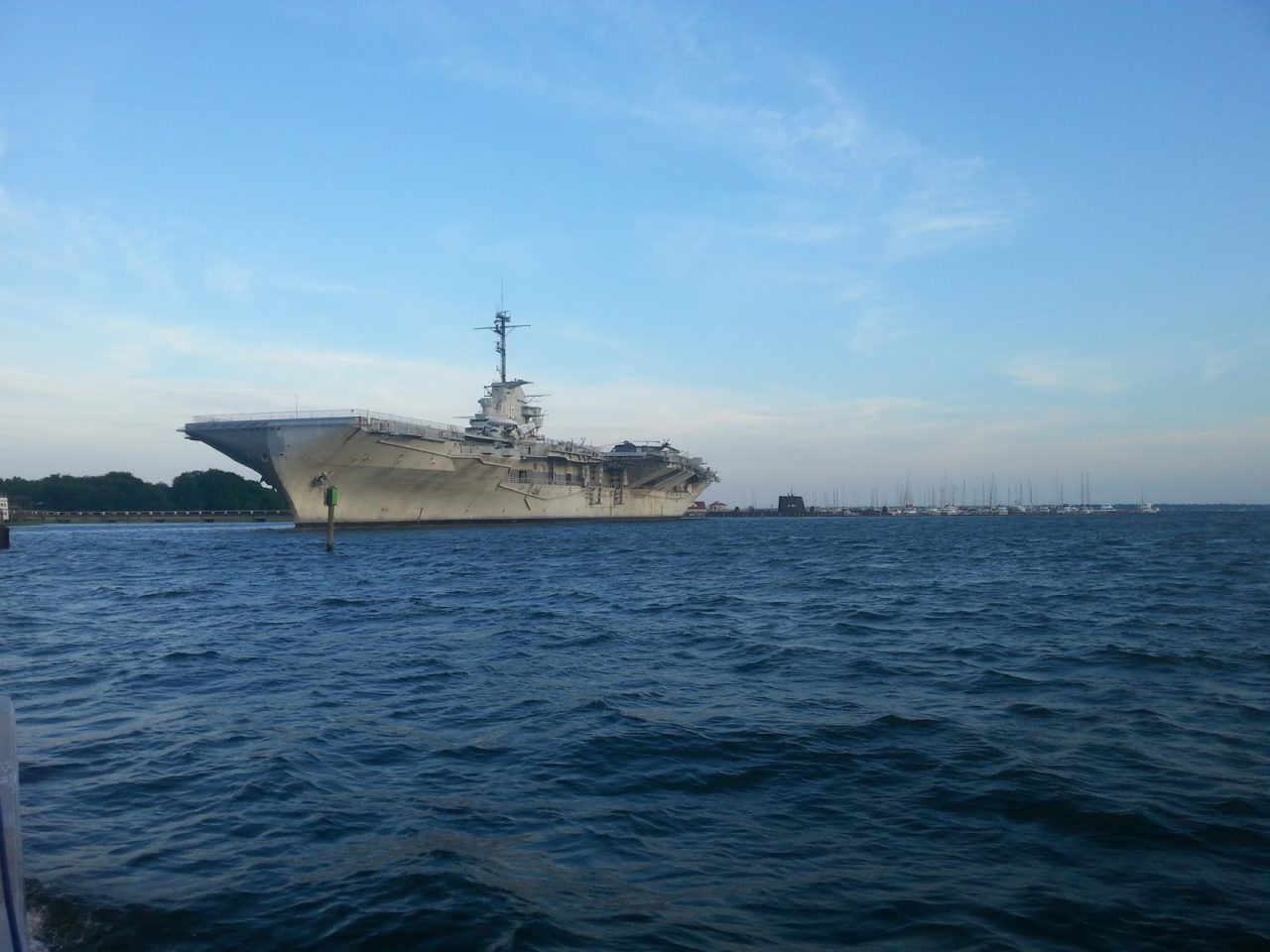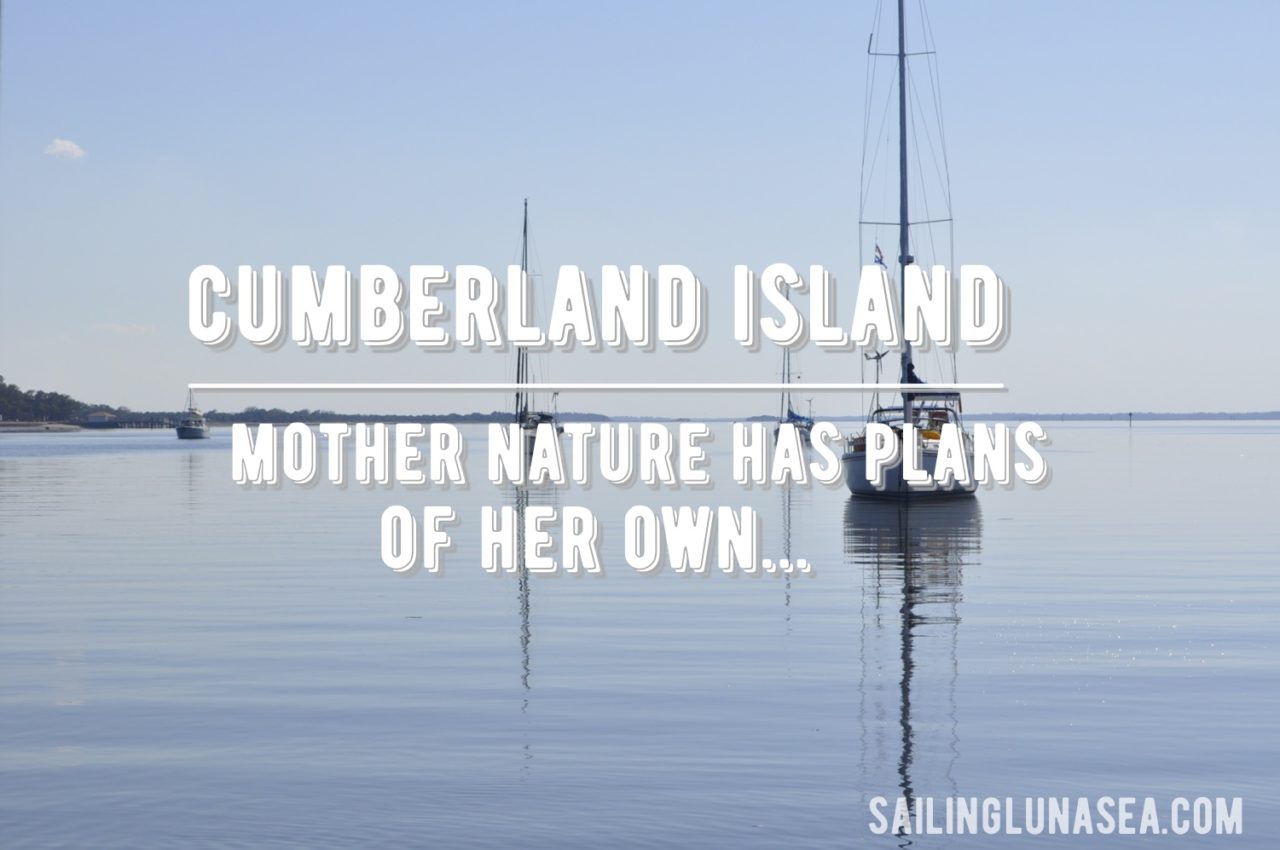So, we’re two years into sailboat ownership/usage, and I decided to take the Intro to Sailing certification at a nearby ASA certified marina. How did it go? Was it worth the price tag? (need to catch up? Here’s the first part of this story.)
Day #1:
This. Was. Fun.
It is so much less stressful to sail someone else’s boat.
We are on a 37ft Catalina, so not really that much different from Luna Sea (39 ft Beneteau). I’m glad of that, as I thought we’d be on something a good bit smaller. And then I would’ve had to figure out how to apply what I learned to our boat. And the handling would’ve been different, etc.
They max the class out at 6 people, and the July class was full. I expected this one to fill up also, but was happily surprised that only 2 other people were there – a father/son duo. That meant way more hands-on time and direct contact with the instructor. Great conversations were had. The two dudes are completely new – I mean totally. Like, exactly-where-Mark-and-I-were-2 years-ago new. They came into the class with no sailing vocabulary what-so-ever. No understanding of port/starboard, forward/aft, leeward/windward, etc. And they didn’t need to have it to take the class – it’s an intro class after all. But one of my main questions when debating on taking this course was if I really needed to take it earlier – or if I would gain some advantage by waiting and getting some hands-on experience. I think I made the right call for me. The guys are doing great. But it’s certainly a steep learning curve when you’re starting from zero. I’m glad I had the time to get most of the terminology down before I ever came to class. It means I can grasp the concepts being explained, vs spending my time deciphering and decoding all the boat-speak. And if you’re not familiar with it – it’s crazy and makes no sense. At least in the beginning.
Today’s class consisted of a few hours of book work followed by a live boat lesson to let all that we’d been discussing come to life in the cockpit. We took a lunch break and then headed out to the sound. There were 20 knot winds today – and it was a great day of just tacking back and forth. On our boat, 20 knots tends to make me nervous. But then, my house is below… (we’ve really got to get better at stowing things so that nothing flies around down there – it’s such a distraction when half of your belongings are being flung across the salon). The jib halyard chafed through as we were getting ready to head back to the marina and the jib fell into the water. Not ideal – but very cool for me to see how calmly the situation was handled. And tomorrow morning we’ll help put it back up using the spinnaker halyard, so that’s cool, too. The more hands-on stuff I can do on someone else’s boat, the better!
Now off to do my homework and get some rest. Tomorrow is another full day of sailing!
Day #2
We started out at 9am on the boat – re-hanging the jib sail. (I’m guessing there’s a technical term for that…) It was easy and nice to see how quickly it can be done with practice. I’ll admit Mark and I struggled with ours the first time. Now I know a trick or two and we can will be able to whip that sail up and down whenever necessary.
After a bit of book work, we left the dock and spent a couple of hours tacking. And drilling on vocabulary, etc. The drills are really helping me get the info down. The constant tacking is good, too, but we haven’t really covered how to get from A to B – just how to go back and forth without really making forward progress. I know how to do it, but it hasn’t been covered in class yet. That seems weird. But maybe we will go over it on Day 3.
We dropped anchor for lunch – just outside of a line of storms. Considering we use all chain for the anchor on Luna Sea, along with a windlass, it was interesting to see the manual deployment of an all rope rode. (the rode is what is tied to both the anchor and your boat, and the windlass is a mechanized way of raising and lowering it) Good to know how to do it manually, in case our windlass ever takes a dump. But it’s not rocket-science, so while it would be heavy manually, we would figure it out very quickly.
We drilled more during lunch, and continued to watch the weather. We spent a few more hours after lunch working on jibes and discussing heeling, as well as more tacking. Because there are only 3 of us in class, we rotate out frequently so each person always has a job during a maneuver. It’s working out well. We ended up calling it a day, as the storms finally came in about 45 minutes before the end of class.
At the end of the day, it’s great to know that Mark and I are doing things right. There are things I’m learning that are definitely helping me. And a few tricks to boat use/maintenance that I will be taking home to add to our routines. But mostly, I’m just building confidence in the knowledge I (apparently) already had.
Day 3 is a half day with more review, Man Over Board drills, safety, trimming sails, etc. Then back to Savannah to check out my newly installed fancy galley counter-tops and check out the hard top and tower that were delivered while I was here playing on someone else’s boat 🙂
Day #3
We spent today dodging storms. So we spent the first part of the morning doing reviews and going over some safety items, before taking our written test. I got 100% – which is great. But we all got 100%…
We checked the weather again, worked on knots again, and headed out to do our MOB (Man Over Board) recovery drills. I am so glad we did those. While its something Mark and I have discussed doing, we haven’t really ever done it.
We also experimented with the various ways to heave-to. This is basically using your boat and the wind against each other to hold it in place. Very handy when you need to take a break but can’t anchor. Or when you are in heavy seas and just need to let your boat ride it out. Here is another perfect example of when I need to see/do something in person. .Mark “gets it” from reading how to do it. And I learned it from actually doing it. Neither is the wrong way – it just pays to know your own best method of learning. And reading about how to do something physical is just not my method.
Day 3 is probably the day that I learned the most, technically speaking. I finally nailed a few knots I’d been half-ass struggling with; bowline, hitch, clove, figure 8. Basically the only knot I really knew before hand was Square knot. Practicing MOB and heaving-to were also incredibly helpful.
So was it worth it? For me – absolutely. But as I said above, know your learning technique. If you can learn practical , physical processes from a book then go for it. A book is much cheaper. But, if like me, you are a kinetic learner then this class is right up your alley.
That being said, I have no intention of taking the next class – ASA 103 Coastal Cruising. I personally already do a lot of coastal cruising, and since I learn by doing, I’m comfortable with skipping it. The learning to cost ratio on that one just doesn’t make sense after discussing the class contents with the instructor.
So there you have it. 2 years into this journey and I finally took a sailing course. Is it something you are considering? Hopefully this helps you decide if it’s right for you!







Great post and information. It will help my wife and I decide whether or not to take this class.
Great post and information. It will help my wife and I decide whether or not to take this class.
That is great, Don! Glad I could help.
That's great to hear! I took the course a couple years ago and enjoyed it. I'm curious what might be different if I were to go through it again now? Might be interesting! Lol.
So I'm curious…what trick was used to re-hoist the jib halyard?
Mike
http://www.siochana.us
Just the way I stood at the bow and held a bit of tension on it while someone else winched it up. I was able to easily feed it into the track AND keep tension on it, creating a nice, clean furl. (furl?) Nothing fancy. But somehow Mark and I managed to make it more complicated than it needed to be. Of course, we've only done it once or twice! 🙂
Ahhh, ok cool. I'm always on the lookout for methods of doing things easier or more efficiently. 🙂
Thanks!
Mike
http://www.siochana.us
This comment has been removed by the author.
This comment has been removed by the author.